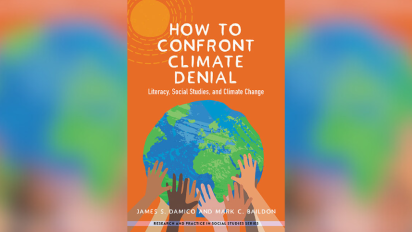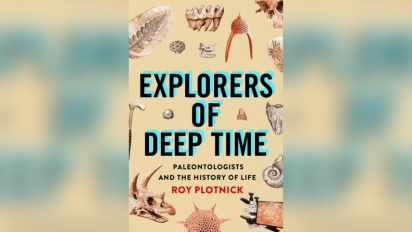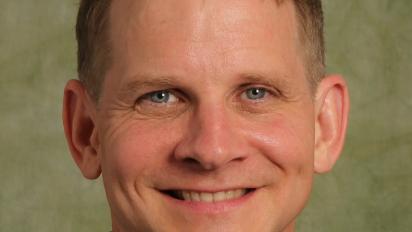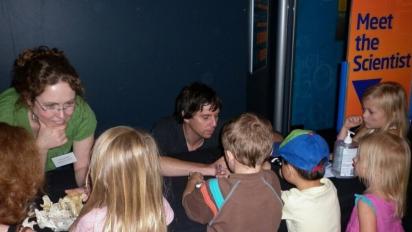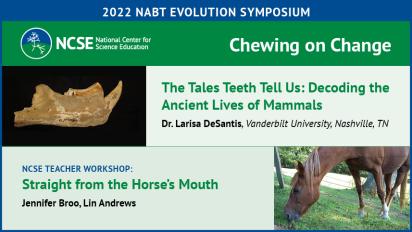[Review] How to Confront Climate Denial: Literacy, Social Studies, and Climate Change
This book "provides an exhaustive argument that addressing climate change denial is not only a pressing social issue but also integral to a strong social studies curriculum," writes our reviewer, Brad Hoge.
Climate science and climate change are inextricably intertwined, but teaching about climate change involves much more than teaching about the science. When confronted by denial, science teachers can point to the scientific data, but they are often not well-equipped to go beyond the evidence to address the social and psychological reasons that denial persists despite evidence to the contrary. Social studies classes offer a space for teaching about where denial comes from and how to address denialist claims. Two issues have delayed a systematic effort to address climate change denial within social studies classes, however: the lack of clear social studies standards for climate change, such as were made available to science teachers though the Next Generation Science Standards, and a lack of a clear justification for why climate change denial is a subject in its own right for the social sciences to deal with explicitly.
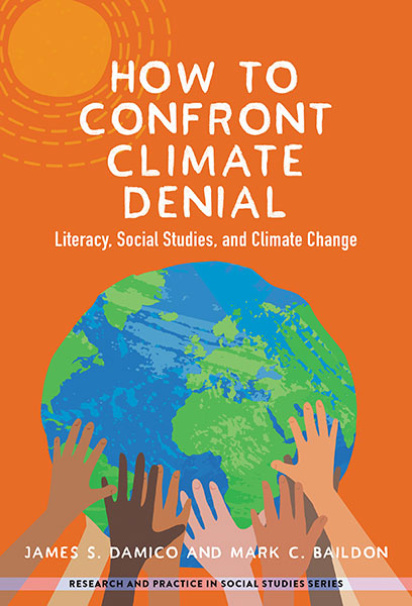
James Damico and Mark Baildon tackle both issues head-on in How to Confront Climate Denial: Literacy, Social Studies, and Climate Change. This book is intended primarily for high school social studies teachers. It provides an exhaustive argument that addressing climate change denial is not only a pressing social issue but also integral to a strong social studies curriculum. In addition, it presents a clear case for the immediacy of the need to include a treatment of climate change denial into the social studies curriculum of secondary classrooms, even offering a structure and examples for doing so.
The first half of the book makes the case for a social studies-specific approach to combating climate denial. It builds this case on three premises. First, that climate denial permeates society through propaganda driven by historical, societal, and corporate identities; thus it is a societal problem rather than a scientific one. Damico and Baildon describe these social identities as “stories we live by.” Originating from our connections to place, communities, and purpose, these stories become propaganda when twisted to serve purposes contrary to our best interests. Second, that such propaganda utilizes logical and rhetorical fallacies to connect false identities to the stories we adopt as we form our sense of self. Third, that these fallacies feed political engines that force us to take sides in the face of overwhelming complexity of information.
Damico and Baildon show how these dynamics work, analyzing them within the FLICC model of science denial (fake experts, logical fallacies, impossible expectations, cherry picking, conspiracy theories) developed by John Cook. They effectively show how these strategies are used by both industry and politicians by citing numerous sources including the writings of Michael Mann, NCSE’s Glenn Branch, Naomi Oreskes, Robin Kimmerer, and Katharine Hayhoe, in ad- dition to Cook. They also show, in chapters 4 and 5, how climate denial propaganda is amplified by uncritical media, seeking to present “both sides of the argument” to ensure fairness. Their thorough treatment clearly demonstrates the ways that science denial techniques are used in propaganda, leading people to confuse dysfunctional stories to live by with their identities, cementing misconceptions into political affiliations. Readers looking for effective curricular strategies may feel that too much of the book is spent in analyzing climate denial propaganda. But the depth and detail are important to provide full context for social studies teachers, who may not have been embroiled in climate denialism and may still harbor skepticism of the full impact of the propaganda.
Damico and Baildon’s careful explanation for the need for new curricula guides the reader comfortably into strategies for solutions. These strategies are presented in two stages. First, they recommend, students should be taught not only how to read texts critically, but also to approach critical reading from multiple vantage points, using each to pull the others into more demanding critiques that expose denial strategies, what they call “agnostic encounters.” Second, they recommend helping students to build new stories to live by that honor critical thinking through dialogue and agreement developed through the process of reflective reasoning. Damico and Baildon explain this two-stage process using the structure of the curriculum, the arguments supporting its construction, and examples that demonstrate various ways the process could unfold.
Overall, How to Confront Climate Denial provides a convincing case for the need of a new approach to teaching social studies to combat climate denialism and a sound approach for doing so in social studies classrooms.


